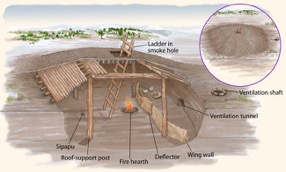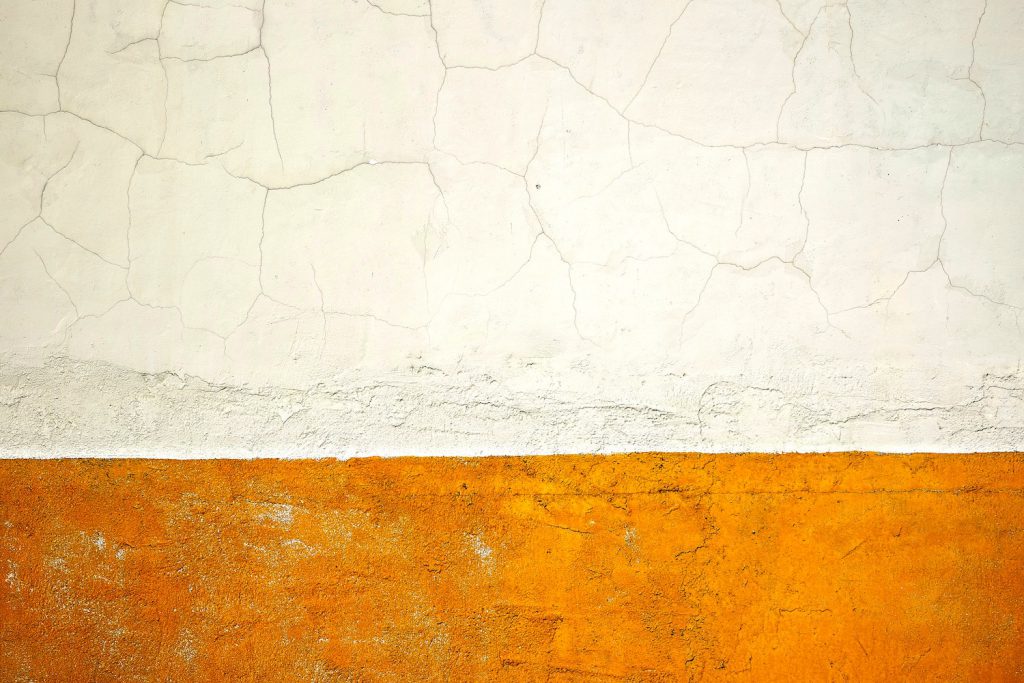Cancer-Causing Radiation Filled Homes of Ancestral Native Americans in New Mexico
by Dana Newman

Ancestral Puebloans in New Mexico suffered from unusually high rates of cancer due to high levels of radon radiation originating from the walls of their pit homes.
KEYWORDS: bioarchaeology, cancer, radon, Puebloans
Ancestral Puebloan populations in New Mexico suffered from high rates of disease and premature deaths, but especially surprising is the population’s high rate of cancer. Cancer, in most peoples’ mind, is a consequence of a modern lifestyle, including unhealthy dietary habits, lack of physical activity, smoking, pesticides, and pollution. Ancient Puebloan populations did not suffer from the adverse effects of our modern lives, and yet they still suffered from high rates of cancer. While studying the remains of 82 individuals, where four individuals showed skeletal signs of cancer, Jeffery L. Boyer and bioarcheologist Dr. Catrine Banks Whitley discovered a potential cause: the ancestral Puebloans’ very own homes.
In this part of New Mexico, radon is a naturally occurring element in the ground. Puebloans who lived in pit houses would have unknowingly subjected themselves to radon radiation originating from the walls of their very own homes.

To test if the radon radiation levels were high enough to help explain the population’s high prevalence of cancer, Whitely and Boyer measured radon radiation levels in an excavated and preserved pit house in the Northern Rio Grande and the Taos Valley. Six three-day, short-term charcoal radon detectors and two twenty-day, long-term detectors were placed strategically throughout the pit house.
The results from the short-term radon exposure tests revealed startlingly high indoor radon levels: three to four times higher than the EPA’s recommended or acceptable amount. The long-term tests, which offer more stable evidence because they are less likely to be influenced by humidity, suggested a radon presence at about five times the EPA’s acceptable amount.
Through further calculations, Whitley and Boyer found that the radon radiation concentration within the home was “up to 30 times the allowable exposure for the general population.”
The high radon radiation levels within the Puebloan’s pit houses could help explain why Puebloans experienced high rates of cancer. Radon radiation doses, at the high level the ancestral Puebloans were exposed to, dramatically increases an individual’s risk of not only cancer, but also other health problems, such as radiation-induced cardiovascular disease, chronic obstructive pulmonary disorder, and increased mortality from pneumonia.
Diseases connect all humans across the expanse of time: they evolve with us and in accordance with our environments. Cancer is not a modern phenomenon brought about by modern circumstances and lifestyles – the relationship is not that simple. Humans, such as the ancestral Puebloans, have been afflicted by cancer via naturally occurring risks embedded in their environments and homes, long before the particular perils of a modern lifestyle.
References
Kramer, J.H. (2014). Pueblo I Pithouse. [Drawing]. Retrieved from https://www.crowcanyon.org/EducationProducts/pueblo_history_kids/pueblo_I_houses.asp.
Whitely, C. B., & Boyer, J.L (2018). Assessing cancer risk factors by an Ancestral Puebloan population in the North American Southwest. International Journal of Paleopathology, 21, 166-177.